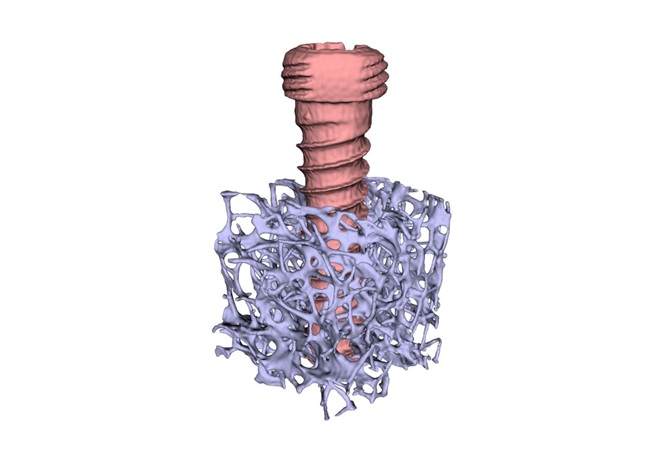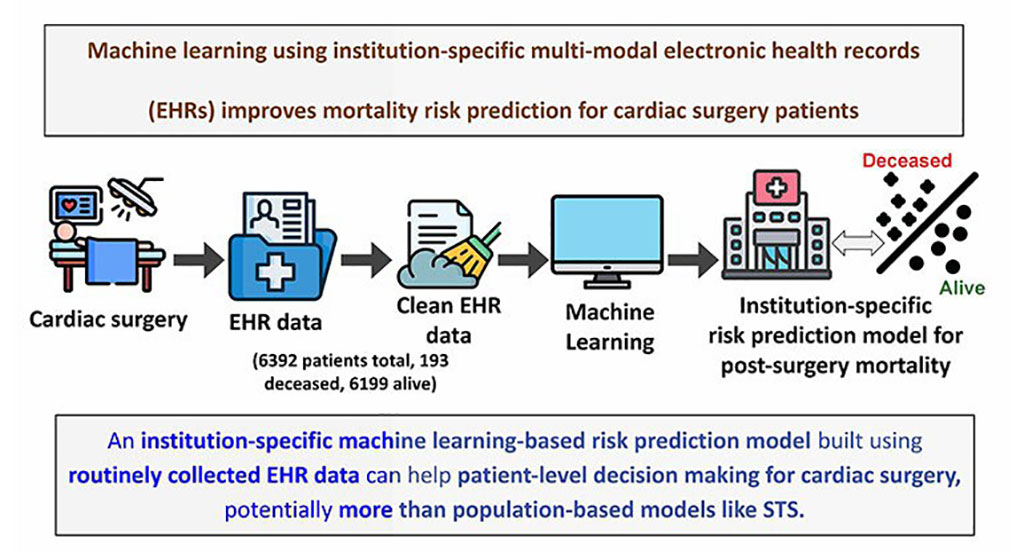European Remote Patient Monitoring Market
|
By HospiMedica staff writers Posted on 15 Jul 2008 |
Innovation and advanced technology continue to play a significant role in the remote patient monitoring (RPM) market, making available devices increasingly attractive. These are the latest findings from Frost & Sullivan (Frost, Palo Alto, CA, USA), an international consulting firm.
However, while technology is constantly changing to support better healthcare services, steadily improving patient monitoring capabilities, the limited reimbursement offered by European governments is dampening market potential. The lack of adequate reimbursement streams will pose a major challenge to companies wishing to boost their unit sales and market revenues. Privacy and confidentiality issues are further clouding the market.
"A critical challenge is governments' refusal to reimburse remote monitoring of patients,” said Frost & Sullivan research analyst Janani Narasimhan. "With no financial incentive for healthcare providers to implement this technology, providers are likely to view RPM as an increase in workload without a subsequent hike in pay. On the other hand, connecting personal health information to the Internet exposes this data to more hostile attacks than paper-based medical records.”
"The heightened demands of an aging population and a related increase in chronic diseases are encouraging market growth,” added Ms. Narasimhan. "RPM has the potential to change the way patients manage their own conditions so that they become the keepers of their own healthcare.”
Frost and Sullivan has found that the European RPM market earned revenues of U.S. $175 million in 2007 and estimates this to reach $400 million by 2014.
Related Links:
Frost & Sullivan
However, while technology is constantly changing to support better healthcare services, steadily improving patient monitoring capabilities, the limited reimbursement offered by European governments is dampening market potential. The lack of adequate reimbursement streams will pose a major challenge to companies wishing to boost their unit sales and market revenues. Privacy and confidentiality issues are further clouding the market.
"A critical challenge is governments' refusal to reimburse remote monitoring of patients,” said Frost & Sullivan research analyst Janani Narasimhan. "With no financial incentive for healthcare providers to implement this technology, providers are likely to view RPM as an increase in workload without a subsequent hike in pay. On the other hand, connecting personal health information to the Internet exposes this data to more hostile attacks than paper-based medical records.”
"The heightened demands of an aging population and a related increase in chronic diseases are encouraging market growth,” added Ms. Narasimhan. "RPM has the potential to change the way patients manage their own conditions so that they become the keepers of their own healthcare.”
Frost and Sullivan has found that the European RPM market earned revenues of U.S. $175 million in 2007 and estimates this to reach $400 million by 2014.
Related Links:
Frost & Sullivan
Latest Business News
- Medtronic Partners with Corsano to Expand Acute Care & Monitoring Portfolio in Europe
- Expanded Collaboration to Transform OR Technology Through AI and Automation
- Becton Dickinson to Spin Out Biosciences and Diagnostic Solutions Business
- Boston Scientific Acquires Medical Device Company SoniVie
- 2026 World Hospital Congress to be Held in Seoul
- Teleflex to Acquire BIOTRONIK’s Vascular Intervention Business
- Philips and Mass General Brigham Collaborate on Improving Patient Care with Live AI-Powered Insights
- Arab Health 2025 Celebrates Landmark 50th Edition
- Boston Scientific Acquires Medical Device Company Intera Oncology
- MEDICA 2024 to Highlight Hot Topics of MedTech Industry
- Start-Ups To Once Again Play Starring Role at MEDICA 2024
- Boston Scientific to Acquire AFib Ablation Company Cortex
- Hologic Acquires Gynesonics to Strengthen Existing Gynecological Surgical Business
- Smith+Nephew and JointVue Partner on Ultrasound Preoperative Planning in Robotics-Assisted Surgery
- Stryker Completes Acquisition of NICO Corporation
- BD Completes Acquisition of Critical Care from Edwards Lifesciences
Channels
Critical Care
view channel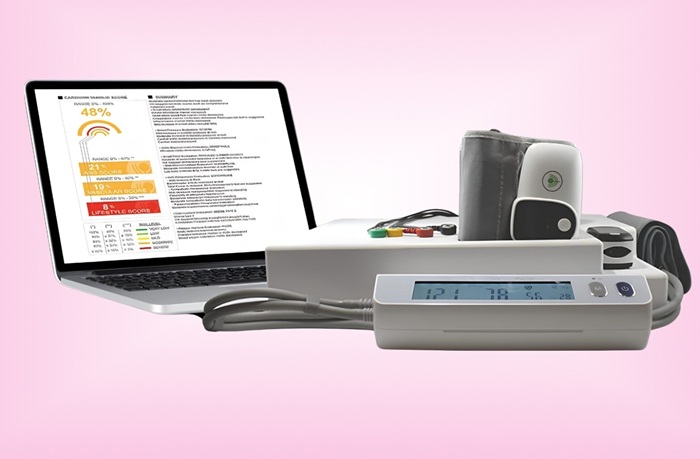
Cutting‑Edge Non‑Invasive System Revolutionizes Point-of-Care Hospital Diagnostics
Diabetic neuropathy affects nearly half of all diabetes patients, often leading to pain, numbness, and complications in the cardiovascular, digestive, and urinary systems. Compounding the risk, cardiovascular... Read more
Dual-Laser Strategy Revolutionizes Breast Cancer Photothermal Therapy
Breast cancer remains the most common cancer affecting women globally, and while photothermal therapy (PTT) offers a non-invasive, light-based treatment option, its clinical application has been limited... Read more
Self-Propelled Ferroptosis Nanoinducer for Tumor Targeting Achieves Deeper Tissue Penetration
Limited penetration depth of nanotherapeutics into tumor tissues remains a significant barrier to effective cancer treatment, often leading to suboptimal therapeutic outcomes. To address this challenge,... Read moreSurgical Techniques
view channel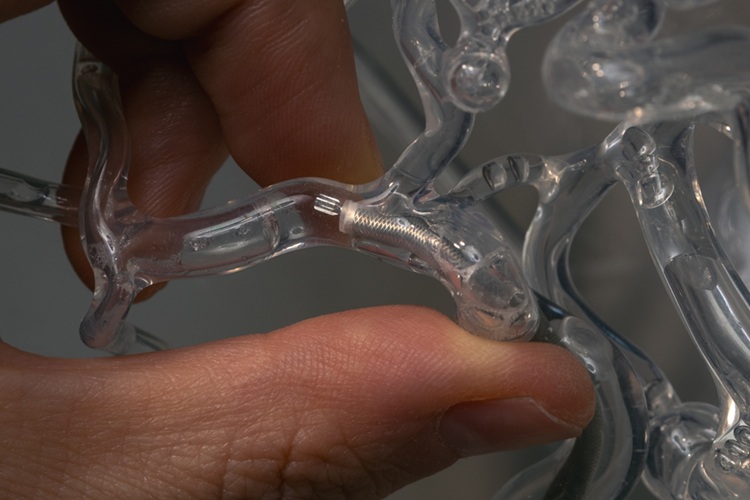
New Technology More Than Doubles Success Rate for Blood Clot Removal
In cases of ischemic stroke, where a blood clot obstructs oxygen supply to the brain, time is critical. The faster the clot is removed and blood flow restored, the more brain tissue can be saved, improving... Read more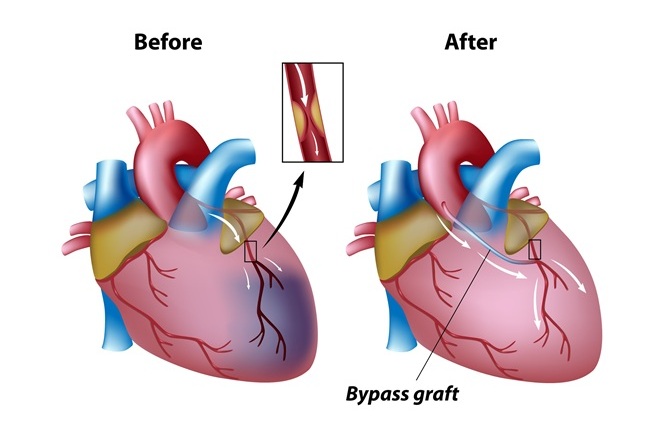
Surgical Ablation During CABG Improves Survival in Patients with Preexisting Atrial Fibrillation
Atrial fibrillation (AF) is a common condition among patients undergoing coronary artery bypass grafting (CABG). Surgical ablation for AF during CABG not only restores normal rhythm but may also reduce... Read more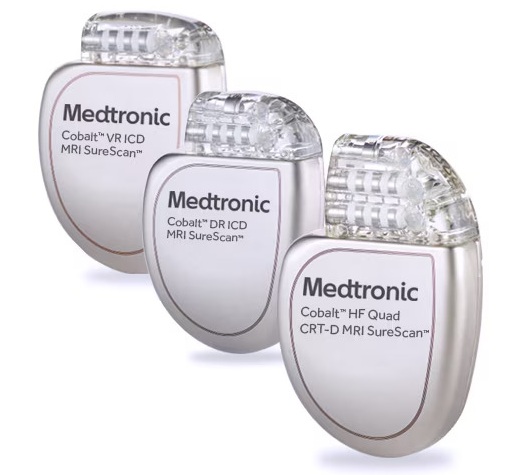
New Battery Technology Delivers Additional Power to Implantable Medical Devices
Implantable medical devices like pacemakers and cardiac defibrillators require rechargeable batteries that offer long-lasting performance without compromising patient safety. These devices depend on batteries... Read morePatient Care
view channel
Portable Biosensor Platform to Reduce Hospital-Acquired Infections
Approximately 4 million patients in the European Union acquire healthcare-associated infections (HAIs) or nosocomial infections each year, with around 37,000 deaths directly resulting from these infections,... Read moreFirst-Of-Its-Kind Portable Germicidal Light Technology Disinfects High-Touch Clinical Surfaces in Seconds
Reducing healthcare-acquired infections (HAIs) remains a pressing issue within global healthcare systems. In the United States alone, 1.7 million patients contract HAIs annually, leading to approximately... Read more
Surgical Capacity Optimization Solution Helps Hospitals Boost OR Utilization
An innovative solution has the capability to transform surgical capacity utilization by targeting the root cause of surgical block time inefficiencies. Fujitsu Limited’s (Tokyo, Japan) Surgical Capacity... Read more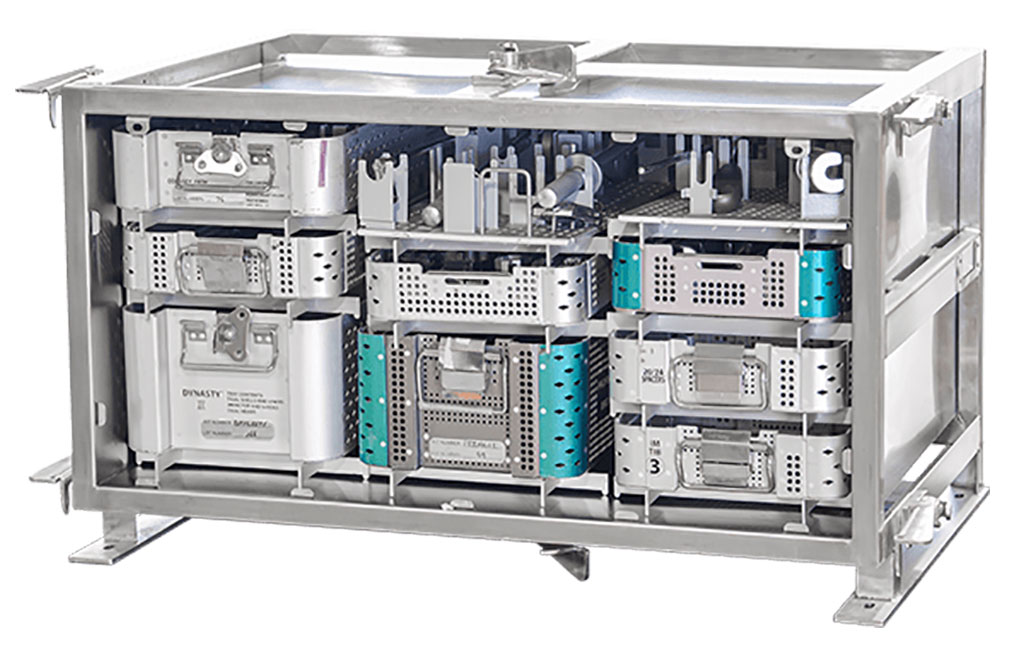
Game-Changing Innovation in Surgical Instrument Sterilization Significantly Improves OR Throughput
A groundbreaking innovation enables hospitals to significantly improve instrument processing time and throughput in operating rooms (ORs) and sterile processing departments. Turbett Surgical, Inc.... Read moreHealth IT
view channel
Printable Molecule-Selective Nanoparticles Enable Mass Production of Wearable Biosensors
The future of medicine is likely to focus on the personalization of healthcare—understanding exactly what an individual requires and delivering the appropriate combination of nutrients, metabolites, and... Read more













